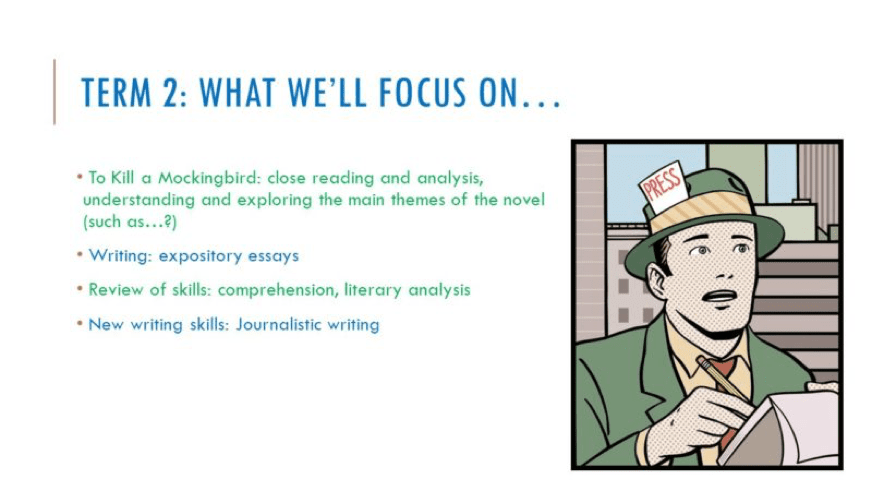Recently, one of the teachers on our Facebook page asked the age-old question “How do y’all deal with grading papers?” It’s hard to get through even two-page papers quickly when you have 80 of them. Or 100. Or 140.
It’s never going to be a walk on the beach, but it can get easier, especially with a little advice from experienced middle and high school teachers. The trick is to change your thinking about what it means to grade an essay. Instead of asking “What errors can I mark in this essay?” ask “What comments will help this student?” Here are seven of our favorite tips.
1. Focus, focus, focus.
Too often we copyedit papers instead of grading them. We catch every grammar mistake and rewrite sentences in the margins as if we were preparing a manuscript for publication. Instead, try focusing in on a few skills you are currently teaching—such as introducing quotations, providing evidence or using punctuation correctly, and ignore the rest. This will help you as well as help your students as they are much more likely to retain the information.

2. Use a rubric.
Use a rubric with multiple focus areas, advises teacher Rikayah Phillips. It makes grading go much faster. Once you’ve established what proficient looks like, you should be able to identify it quickly in student work. If your rubric is carefully written, you will not have to write comments on each paper. Just circle or highlight the areas of the rubric that apply to the assignment, staple the rubric to the assignment and you’re done.

3. Offer students a variety of assignments.
OK, technically giving students a choice between several writing assignments doesn’t save grading time, but it does reduce the monotony when you have a thick stack of papers to grade. Giving students’ more choice just might raise the quality of their writing as well.

SOURCE: Polka Dot Lesson Plans
4. Share the wealth!
Teacher Brennan Tanner suggests occasionally substituting peer review feedback for a formal grade: “Students create the rubric. They sit in small groups and present or read one another’s papers and comment. I really like this as it helps to develop critical thinking and constructive commentary. By having students establish their own criteria for success, they actually end up being more rigorous than I am the majority of the time.”
 SOURCE: Worksheetplace.com
SOURCE: Worksheetplace.com
5. Have students submit papers electronically.
Yes, some of you are groaning at the mere thought. This solution doesn’t work for everyone. But some teachers definitely find using the comment function is much faster than writing comments by hand. Revisions can also be easier to track when you can see your comments and the student’s response all in the same document.
Plus, you may find it easier to grade papers on a rolling basis if they come rolling into your inbox. Click on the image below to learn how one teacher collects and grades using Google Forms.

SOURCE: Andrew Cullison
6. Three strikes and you’re out!
Your number may vary. Teacher Jacky Boyd writes: “I have a new rule to stop reading after a certain type of mistake is made a certain number of times. For example, three citation errors and I stop and hand it back for the student to fix.” Do this often enough and you may just find papers come in with fewer grammatical errors overall.

7. Take it one step at a time.
A final strategy is to take your larger writing piece and break it into smaller assignments, e.g., 1) write a claim, 2) provide supporting evidence, 3) write a conclusion. Grading these small chunks only takes a few seconds of your time, and by the time students compile their final essay, the piece will be much more polished and ready to shine.


